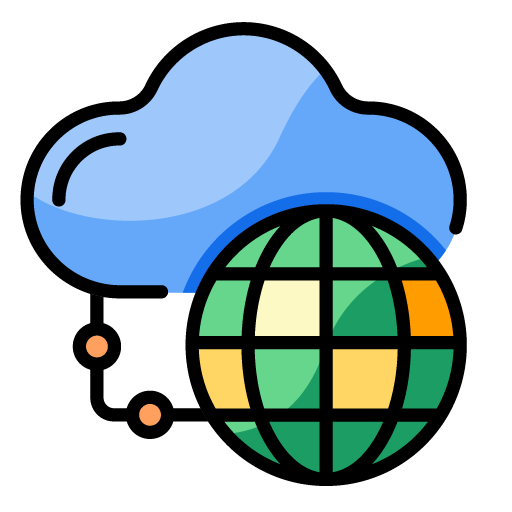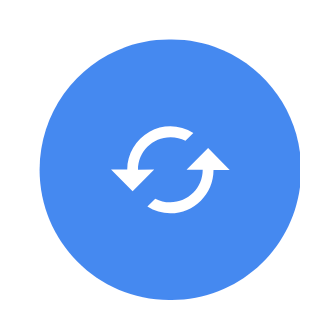Cloud Migration
Cloud migration services aid in the process of moving data, digital assets, product applications, and other business management documents from old, legacy infrastructure or on-premises data center/servers to a cloud computing environment. Cloud migration services are used to move data and applications to a more effective and secure environment than on-premise servers. Organizations also migrate services to the cloud to cut costs, free up server space, and cut down on hardware maintenance.

PointStar assists with the migration of large numbers of files and various file types to the cloud to allow your business to expand and grow painlessly while still able to work within the existing infrastructure.
-
Data security tools provided
-
Integration with backup software to keep files safe during migration
-
Sync applications with cloud storage systems
BENEFITS OF CLOUD MIGRATION

By storing your business information and data centrally, the cloud offers much stronger security than traditional data centers coupled with built-in security features like security analytics, periodic updates, and cross-enterprise visibility.

Migrating to the cloud allows your business to seamlessly connect systems together and improve efficiency with all your services. This means your business can increase productivity and profitability by optimizing to meet demands and only use the resources you need.

Switching to the cloud also means you only pay for what you use, without the need to maintain costly data centers. The public cloud host offers the required hardware for web servers with security, maintenance, upgrades, and stack configuration included in the service plans like “pay as you go” or "pay-per-use".

Organizations have the ability to dramatically scale up or down based on their IT requirements and business plan. The cloud gives them the power to reshape their infrastructure and workloads to accommodate the needs of today without being chained to the equipment and assets that made sense in the past.

Because all the data is stored in the cloud, it can be accessed no matter what happens to the physical machinery. Migrating to the cloud also means members of your organization can access necessary data and business information from anywhere in the world on any device. before for companies of all sizes.
TYPES OF CLOUD MIGRATION

New Cloud Deployment
Streamline, automate, cloud-enable the IT infrastructure with the transfer of existing workload

Cloud-to-Cloud Migration
Migrating to a new cloud means enhanced speed, scalability, reliability, and more security

Legacy Cloud Infrastructure
Move to the cloud without changing its code as long as it is suitable for your application

Lift-and-Optimize Legacy Infrastructure
Optimizing the new deployment environment and redeveloping the functionality of the applications will let you take advantage of the built-in services

Hybrid IT and Cloud Infrastructure
A hybrid solution can give you a more easy and gradual transition to the cloud while letting you maintain your existing infrastructure

Developing and Testing in the Cloud
Setup and cycle times can be reduced by relocating your development and test sites to the cloud, allowing you to easily build, deploy and manage applications and workloads
CLOUD MIGRATION METHODOLOGY

Assess
Perform a thorough assessment and discovery of your existing environment in order to understand your app and environment inventory, identify app dependencies and requirements, perform total cost of ownership calculations, and establish app performance benchmarks.

Plan
Create the basic cloud infrastructure for your workloads to live in and plan how you will move apps. This planning includes identity management, organization and project structure, networking, sorting your apps, and developing a prioritized migration strategy.

Deploy
Design, implement and execute a deployment process to move workloads to Google Cloud. You might also have to refine your cloud infrastructure to deal with new needs.

Optimize
Take full advantage of cloud-native technologies and capabilities to expand your business's potential to things such as performance, scalability, disaster recovery, costs, training, as well as opening the doors to machine learning and artificial intelligence integrations for your app.


